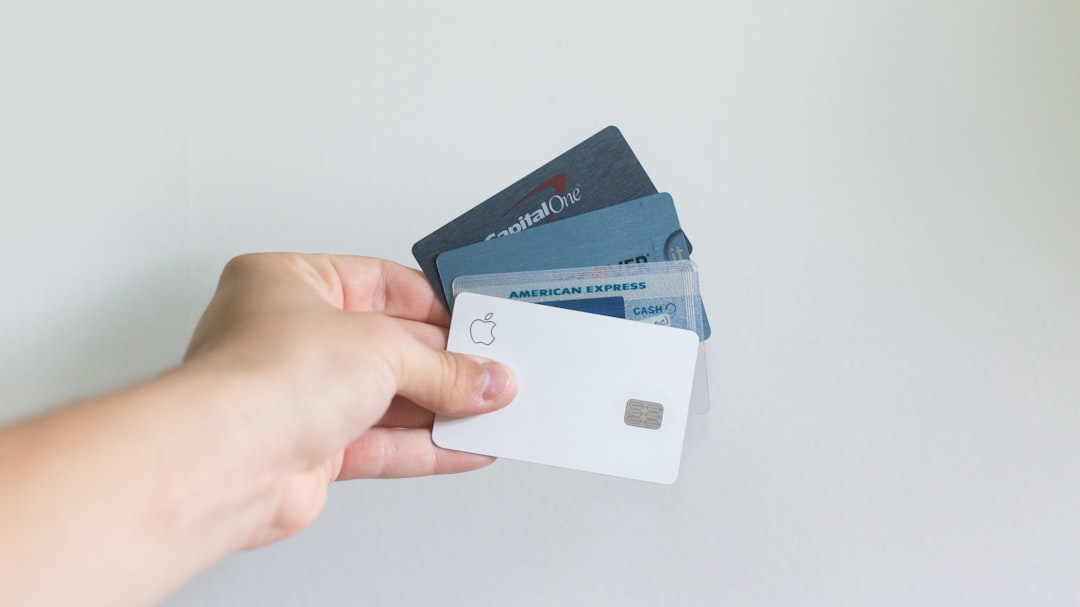The Harsh Reality of America’s Debt Crisis

Did you know that the national average card debt among cardholders with unpaid balances in Q1 2025 was $7,321, up 5.8% from $6,921 in Q1 2024? That’s just the tip of the iceberg. The Federal Reserve’s G.19 consumer credit report showed that the average APRs for cards accruing interest fell to 21.91% in Q1 2025, down from 22.80% in Q4 2024. Meanwhile, APRs for all current credit card accounts fell to 21.37% in Q1 2025, down from 21.47% in Q4 2024. Think about this for a moment – even with recent rate drops, you’re still paying more than 20% interest on most credit cards. That’s like trying to fill a bucket with a massive hole in the bottom. Nine in 10 Americans are actively working to reduce their burden of debt in 2025, focusing on reducing spending, increasing income and managing debt more effectively, according to CFP Board research. Topping the list of 2025 financial goals is reducing debt (42%), followed by saving for a major purchase such as a car, house or vacation (21%) and retirement planning (14%).
Creating Your Debt Emergency Fund – The Safety Net You Actually Need

Before you dive headfirst into debt elimination, let’s talk about something most financial gurus get backwards – your emergency fund. You might think “I’ll build my emergency fund after I pay off debt,” but that’s like learning to swim without a life jacket. Experts recommend savings of three to six months of living expenses, depending on your personal situation. However, when you’re drowning in high-interest debt, start smaller and smarter. By setting aside funds specifically for emergencies, you create a safety net that can help you cover sudden expenses without resorting to high-interest credit options. This proactive measure can be instrumental in maintaining your credit score, as it reduces the likelihood of missed payments and the accumulation of additional debt. Think of an emergency fund as an investment in your financial stability and peace of mind. Even $500 can prevent you from adding more debt when your car breaks down or you face an unexpected medical bill.
The Debt Avalanche Method – Mathematical Precision for Maximum Savings

In contrast, the “avalanche method” focuses on paying the loan with the highest interest rate loans first. Similar to the “snowball method,” when the higher-interest debt is paid off, you put that money toward the account with the next highest interest rate and so on, until you are done. By focusing on the loans that are the most expensive to carry in the long run, you should pay less over time as the higher interest loans are addressed first. This isn’t just theory – it’s cold, hard math that puts money back in your pocket. If you put your extra money toward that debt, you could pay off your remaining debt in 11 months, paying a total of $1,011.60 in interest. In comparison, the snowball method would have you tackle the car loan first. You would still be debt-free in 11 months but would have paid $1,514.97 in interest. That’s more than $500 in savings just by choosing the right strategy. The difference is that the avalanche approach helps you to pay off multiple debts based on their interest rates. You’ll pay off the highest-rate debt first, which could save you the most money in interest over time. Plus, once you’re in the habit of paying extra toward one debt each month, you can keep that up for each subsequent debt and continue saving interest.
The Debt Snowball Method – Psychology Meets Finance

The “snowball method,” simply put, means paying off the smallest of all your loans as quickly as possible. Once that debt is paid, you take the money you were putting toward that payment and roll it onto the next-smallest debt owed. Ideally, this process would continue until all accounts are paid off. As you roll the money used from the smallest balance to the next on your list, the amount “snowballs” and gets larger and larger and the rate of the debt that is reduced is accelerated. Here’s where human psychology gets fascinating – Quick wins: You’ll gain momentum and stay motivated as you see smaller debts drop away. The debt avalanche method, by contrast, may require you to pay off a large debt first, which won’t offer a feeling of gratification as quickly. This approach gives you quick wins, which can boost your motivation. Each time you pay off a debt it’ll feel like a small victory, which can help you stay committed to your debt payoff plan. The snowball method is especially good for people who need to see progress to stay motivated. Sometimes the “wrong” mathematical choice is the right psychological choice for your situation.
Debt Consolidation Loans – Simplifying Your Financial Battlefield

Debt consolidation allows you to trade several high-interest debts (like loans or credit cards) for a single loan. This loan should have lower rates or better terms so you can save money or get lower monthly payments. Think of it like herding cats – instead of chasing multiple payments with different due dates and interest rates, you’re dealing with one predictable monthly payment. In the fourth quarter of 2024, 49.9% of LendingTree users took out a personal loan to consolidate debt or refinance their credit cards. Debt consolidation usually includes lower monthly payments and a repayment plan that saves money and resolves debt faster than you could on your own. However, be careful – If you’re in debt because you struggle to budget, a credit card consolidation loan won’t fix that. It may even make things worse if you use your newly freed cards to rack up additional debt. Success with a consolidation strategy requires the following: Your monthly debt payments don’t exceed 50% of your monthly gross income. Your credit is good enough to qualify for either a 0% balance transfer card or a debt consolidation loan that has a lower interest rate than your existing debt. Your cash flow can consistently cover regular payments toward your debt.
Balance Transfer Credit Cards – The 0% Interest Game Changer

For borrowers with good to excellent credit, transferring debts to a 0% balance transfer card is a great option — as long as you can pay it off during the introductory period, which can last up to 21 months. This is basically getting a free loan from the credit card company – imagine paying zero interest for up to nearly two years. Many card issuers give new cardholders introductory or teaser rates of 0% for a certain period, usually from 12 to 21 months. This means you won’t have to pay interest during that time, although you may have to pay a balance transfer fee, which is a percentage of the balance. You will have to make minimum monthly payments, however, and if you miss a payment you can lose the 0% APR and get stuck with a very high penalty APR. Note that balance transfer fees range from 2% to 5% per transfer, but you could potentially qualify for one without a fee (view our favorites here). If you do choose to do a balance transfer, you’ll want to have a clear plan to pay off the debt within the introductory 0% interest period, otherwise you might face a really high APR later on. It’s like playing with fire – powerful when used correctly, dangerous if you get careless.
Creating a Military-Style Budget for Debt Destruction

A budget is a roadmap to plan your finances and keep track of where your money goes. Budgeting is a helpful tool whether you’re working hard to make ends meet or if you have some extra income and want to adjust your saving goals. It will help you see where you spend your money and how you might spend money differently. But here’s where most people mess up – they create these elaborate spreadsheets that they abandon within a week. Following the 50/30/20 rule may be an effective way to build a budget – that’s 50% for needs, 30% for wants, and 20% for savings and debt repayment. However, when you’re in debt-elimination mode, flip that script. When you’re done, look for things in your budget you might be able to change so you have more money left over each month. Your goal is to stop adding to your debt, and also to pay down the debt you already have, if you can. To reduce spending, many are cutting discretionary expenses (like dining out and streaming services), sticking to budgets and choosing more affordable options such as store-bran




